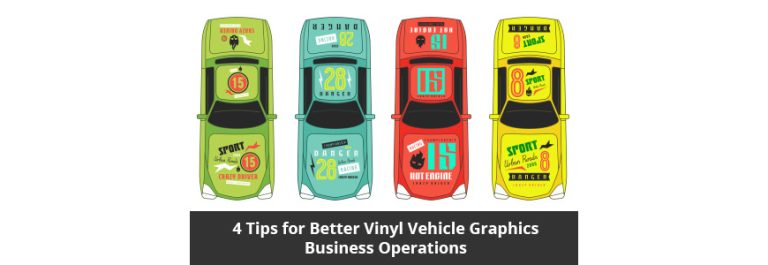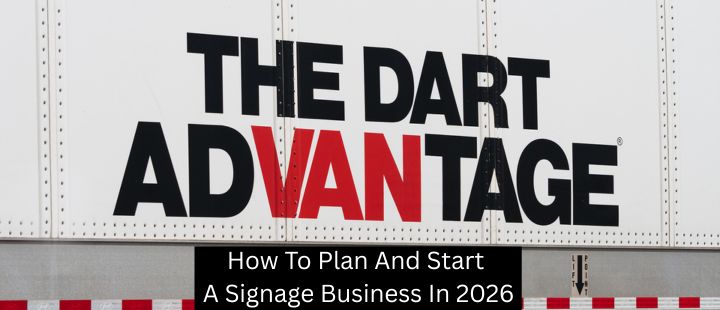Today’s post shares 4 tips for better vinyl vehicle graphics business operations. Read on to learn how to market your shop better, increase customer satisfaction, and conduct smoother installations.
#1 – Know your market
The demand for vinyl vehicle graphics falls into a few distinct market categories. Knowing which of the following you want to pursue will allow you to meet your business goals more effectively, whether they involve entrenching yourself in a niche or offering a wide variety of vinyl vehicle graphics.
Moreover, knowing your marketing makes for more cost-effective advertising, as you’ll be able to design ads that appeal to your desired clientele.
These are a few of the markets you will need to understand and pursue as a vinyl vehicle graphic shop owner:
- Truck and commercial fleets. Truck and commercial fleets are required to display certain information – you may have seen gross vehicle weight or license numbers listed on the back doors while caught behind a truck in traffic. Vinyl graphics are an easy, durable, and affordable option for this lettering requirement. As such, truck and commercial fleets are great clients to target with promotions.
- Motor sports professionals. The racing industry is a great revenue stream for vinyl vehicle graphics businesses. Top tier race programs frequently upgrade to printed vehicle wraps, while small-time racers and enthusiasts always need minor touches like door numbers and sponsor logos. Since high-speed driving and muddy off-road courses can take quite a toll on vinyl graphics, these clients usually make great repeat-customers.
- Custom graphics. “Custom graphics” is a blanket term for everyone that falls outside of the previous two categories. Though trends are always fickle, there is still strong demand from the general public for custom vinyl vehicle graphics. Race enthusiasts may decorate their vehicles with matte black racing stripes, “color change” wraps, and chrome or carbon fiber accents. Most Signworld partners find these clients to be more intermittent, but still a welcome revenue stream to include in their business model.
#2 – Pick the vinyl that suits your target market
Vinyl should always be chosen with the target market in mind. This is essential for client satisfaction and cost-efficiency, and it’s totally non-negotiable!
For motor sports professionals, chrome and carbon fiber films may work well as accents. But remind the client to check the guidelines laid out by their local racing authorities, as metallized films are occasionally prohibited for use as door numbers and marking graphics.
On the other hand, standard cast and calendared films are generally recommended for commercial fleet graphics. Cast vinyl is best for decals that need to hug compound curves or deep recesses, while calendared film should be reserved for flat substrate.
#3 and #4 – Optimize your application angle and location
When applying vinyl film to vehicles, getting the angle right is key. Remember that lifespan estimates are made with vertical installations in mind. This might seem like a minor difference, but it drastically changes the degree of sun exposure your graphic has to endure. Applying vinyl on angled surfaces or flat, horizontal, sun-facing surfaces will hammer your graphic with UV rays and cut its service life down considerably.
Location is critical, too. Suppose a member of the general public wants a vinyl graphic on the hood of their car. Though doable, it’s not advisable. Caught between the sun’s rays and the heat of the engine running under the hood, this vinyl wrap will look old and weathered in no time. In these cases, using a cast film is the way to go.
Get more vinyl vehicle wrap best practices from the Signworld business alliance – visit https://www.signworld.org to find out more.




